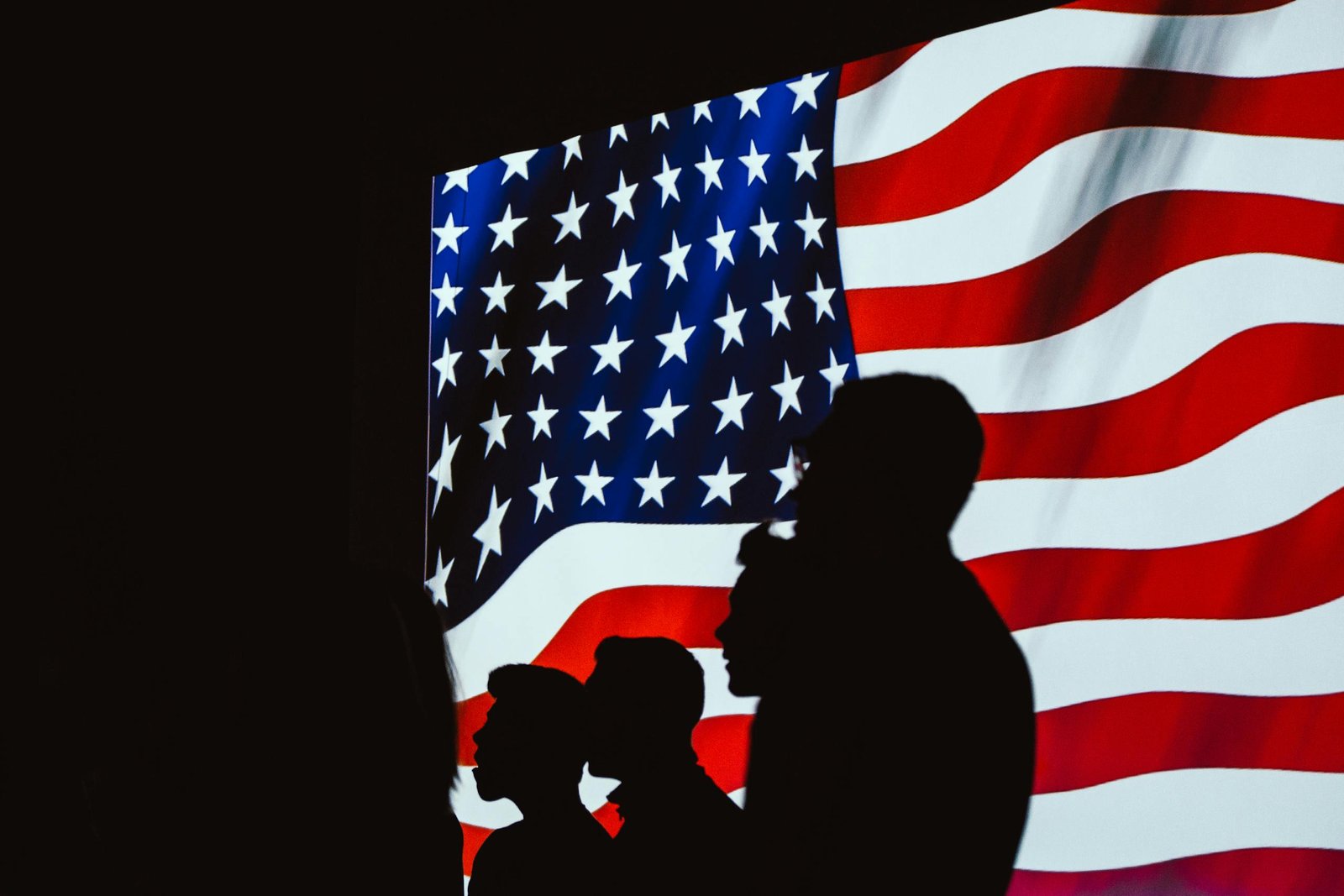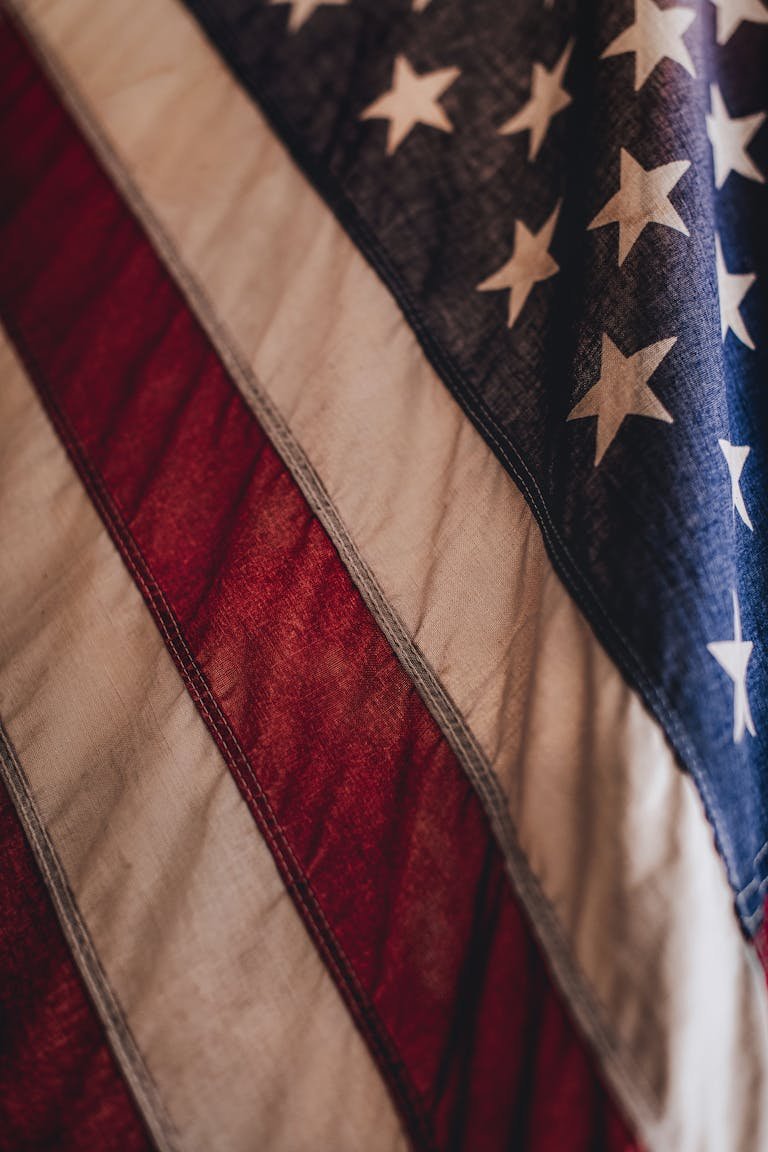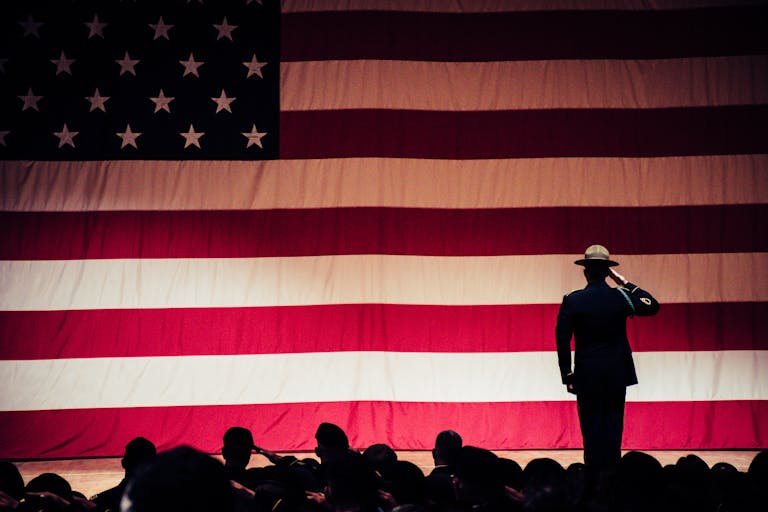The History of Veterans Day and What It Really Means
The History of Veterans Day and What It Really Means
Every year on November 11, Americans pause to honor the men and women who have served in the U.S. Armed Forces. For many, Veterans Day is marked by parades, ceremonies, and moments of silence. But behind the flags and speeches lies a powerful story of peace, remembrance, and gratitude that stretches back more than a century. To truly appreciate what this day means, it helps to understand where it began — and how its purpose has evolved alongside the history of American service.
The Origins: Armistice Day and the End of World War I
The story of Veterans Day begins on November 11, 1918, when the guns of World War I fell silent. At the eleventh hour of the eleventh day of the eleventh month, an armistice was signed between the Allies and Germany, bringing an end to what was then called “the war to end all wars.”
In 1919, President Woodrow Wilson proclaimed November 11 as Armistice Day, a day dedicated to reflecting on the heroism of those who served and to celebrating the peace that followed. For more than two decades, Americans honored World War I veterans on that date through ceremonies and parades.
From Armistice to Veterans Day
After World War II and the Korean War, millions more Americans had served overseas. Communities across the country began calling for a day that recognized all veterans, not just those from the First World War.
In 1954, President Dwight D. Eisenhower, himself a five-star general and World War II commander, signed legislation officially changing Armistice Day to Veterans Day. The change reflected a broader mission — to honor all who had served, in every war and in peacetime, and to reaffirm the nation’s enduring gratitude to those who wear the uniform.
Timeline of Veterans Day History
1918: The armistice ends World War I on November 11.
1919: President Wilson proclaims the first Armistice Day.
1938: Congress makes Armistice Day a federal holiday.
1954: President Eisenhower signs the bill renaming it Veterans Day to honor all veterans.
1968: The Uniform Holiday Bill moves the date to October, causing confusion.
1975: President Ford restores November 11 as the official date, preserving its historical meaning.
This timeline shows how the day evolved from a symbol of peace into a national commitment to every generation of veterans.
A Day of Reflection, Not Just a Holiday
Unlike Memorial Day, which honors those who died in service to the nation, Veterans Day recognizes all living and deceased veterans who have served honorably in the U.S. military. It is a day for reflection, community, and connection — a time to thank those who have defended freedom and to acknowledge the sacrifices made by both service members and their families.
Across the country, cities host parades, schools organize educational programs, and veterans’ organizations like the VFW and American Legion hold events to remind the public that the cost of liberty is borne by the few who step forward to serve.
Veterans Day vs. Memorial Day vs. Armed Forces Day
These three observances share a common thread of respect, but they serve different purposes:
- Veterans Day honors all U.S. military veterans, living or deceased, who served honorably.
- Memorial Day honors those who gave their lives in service to the nation.
- Armed Forces Day celebrates those currently serving in uniform.
Understanding this distinction ensures each day is observed with the respect it deserves.
The Meaning Behind November 11
The timing of Veterans Day is deeply symbolic. While many other nations also mark November 11 as a remembrance day for World War I, the United States’ version emphasizes honoring living veterans. The date itself serves as a link between past and present — a reminder that service and sacrifice are continuous threads woven into the fabric of American life.
By keeping the observance tied to its original date, the nation preserves the historical significance of the World War I armistice while continuing to honor veterans of every generation.
How Schools Can Teach the Meaning of Veterans Day
Educators play an essential role in helping the next generation understand what Veterans Day represents. Schools can:
- Invite local veterans to share their experiences with students.
- Hold essay or poster contests on the theme of service and sacrifice.
- Organize letter-writing projects where students send thank-you notes to veterans or deployed service members.
- Include lessons on the history of World War I and the creation of the holiday.
Teaching the meaning of Veterans Day helps preserve the legacy of service and builds respect for those who’ve worn the uniform.
Why Veterans Day Still Matters Today
As the number of living veterans declines from older wars, the importance of preserving their stories grows. Veterans Day isn’t just about saying thank you — it’s about listening, understanding, and continuing the mission of support long after the uniform comes off.
For today’s veterans returning from Iraq, Afghanistan, and other deployments, the transition to civilian life can be challenging. Recognizing their service publicly fosters a sense of belonging, pride, and continued purpose — values at the heart of the day’s original intent.
How You Can Support Veterans Year-Round
Veterans Day is one day of national gratitude, but veterans need support every day of the year. Here are meaningful ways to help:
- Volunteer at a local VA hospital or veterans home.
- Support veteran-owned businesses in your community.
- Donate to scholarship programs or organizations that provide housing, healthcare, or job assistance.
- Advocate for policies that protect veterans’ rights and improve their quality of life.
- Check in on veterans you know personally — a simple conversation can make a big difference.
Service doesn’t end with a single day of remembrance; it continues through actions that honor veterans’ ongoing journey.
Final Reflection
The history of Veterans Day is a story of transformation — from a moment of peace at the end of one war to a national tradition of honoring all who have defended that peace since. It’s a reminder that service is timeless, and gratitude should be, too.
As we observe November 11 each year, let it be more than a date on the calendar. Let it be a renewed promise to respect, remember, and support every veteran who has worn the nation’s uniform with honor.
Join the Citizen Veteran Newsletter
Stay connected year-round with stories, benefit updates, and community news that matter to veterans and their families.
Subscribe to the Citizen Veteran Newsletter for weekly insights, upcoming events, and practical resources that help you make the most of life after service.
Honor the past. Empower the present. Build the future — together.



